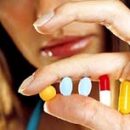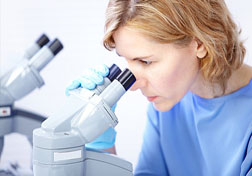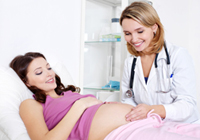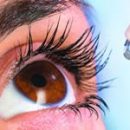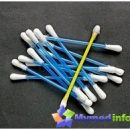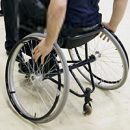Check out the performance of blood sugar and urine, find out who needs analysis for the sugar content, which rules exist for blood and urine on sugar.
Content
Deciphering analyzes for sugar
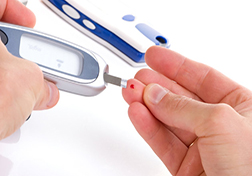
Sugar analysis determines the level of glucose in the urine and blood, which makes it possible to diagnose sugar diabetes.
The direction for the study gives the surgeon, therapist, urologist, endocrinologist, gynecologist.
Sugar level analysis is shown at:
- suspicion of diabetes;
- adjustment of the diet of the patient with diabetes and the calculation of the doses of insulin or drugs;
- achieving 45 years to control glucose;
- diagnosis of certain diseases of the endocrine system;
- general examination;
- during pregnancy;
- Definition of blood sugar threshold.
Rules for passing blood analysis on sugar:
- on an empty stomach;
- per day limit the use of sweet, alcohol, fruit;
- Do not brush the teeth with sahane-containing pastes, exclude the chewing;
- Do not pass the analysis when aggravating diseases, injury.
Deciphering blood testing from finger on sugar per millimol / liter:
- Lower critical indicator — 2.3, so much lower — hypoglycemia;
- norm — 3.3-5.5;
- for pregnant — 3.3-4.0;
- 5.5-6.0 — prediabetic state;
- above 6,1 — diabetes;
- Above 7.0 — diabetes mellitus (blood from vein);
- Above 11,1 — Sugar diabetes is possible — with the current blood test taken without taking into account meals and time of the day;
- Upper critical indicator — 25.0 and higher — hyperglycemia.
Remember that the level of glucose in Vienna is lower than in the artery.
If the results are doubtful, the tolerance test (GTT) is carried out:
- Above 11.0 — diabetes;
- Less 7.8 — norm;
- from 7.8 to 11.0 — Prediabet.
Urine analysis on sugar shows the renal ability to extend the excess sugar. This happens when the glucose level is increased to 8.0-11.00. If sugar is found in the urine, it means that its blood content is much higher than the norm.
There is no glucose.
Collection Rules:
- Careful toilet of external genital organs;
- in the morning on an empty stomach;
- average portion of urine in pharmacy container;
- Within 1.5 hours after collecting, the material should be delivered to the laboratory.

